Medication Errors: Analysis, Strategies, PDSA Cycle & NSW Policies
VerifiedAdded on 2023/06/15
|23
|1227
|91
Report
AI Summary
This report provides a comprehensive analysis of medication errors within the healthcare system, particularly focusing on the context of New South Wales (NSW). It defines medication errors, outlines their various types (knowledge-based, rule-based, action-based, memory-based, and technical), and identifies factors contributing to these errors, such as communication problems, distractions, and inadequate training. The report discusses the consequences of medication errors for both patients and healthcare professionals, emphasizing the importance of prevention. It highlights the role of nurses as gatekeepers in medication administration and recommends strategies for error reduction, including the implementation of the PDSA (Plan, Do, Study, Act) cycle for continuous improvement. The report also references NSW health policies related to medication management and concludes with recommendations for enhancing medication safety and providing quality healthcare services. Access to the full document and related resources is available on Desklib, a platform offering AI-powered study tools and a wide range of solved assignments.
1 out of 23
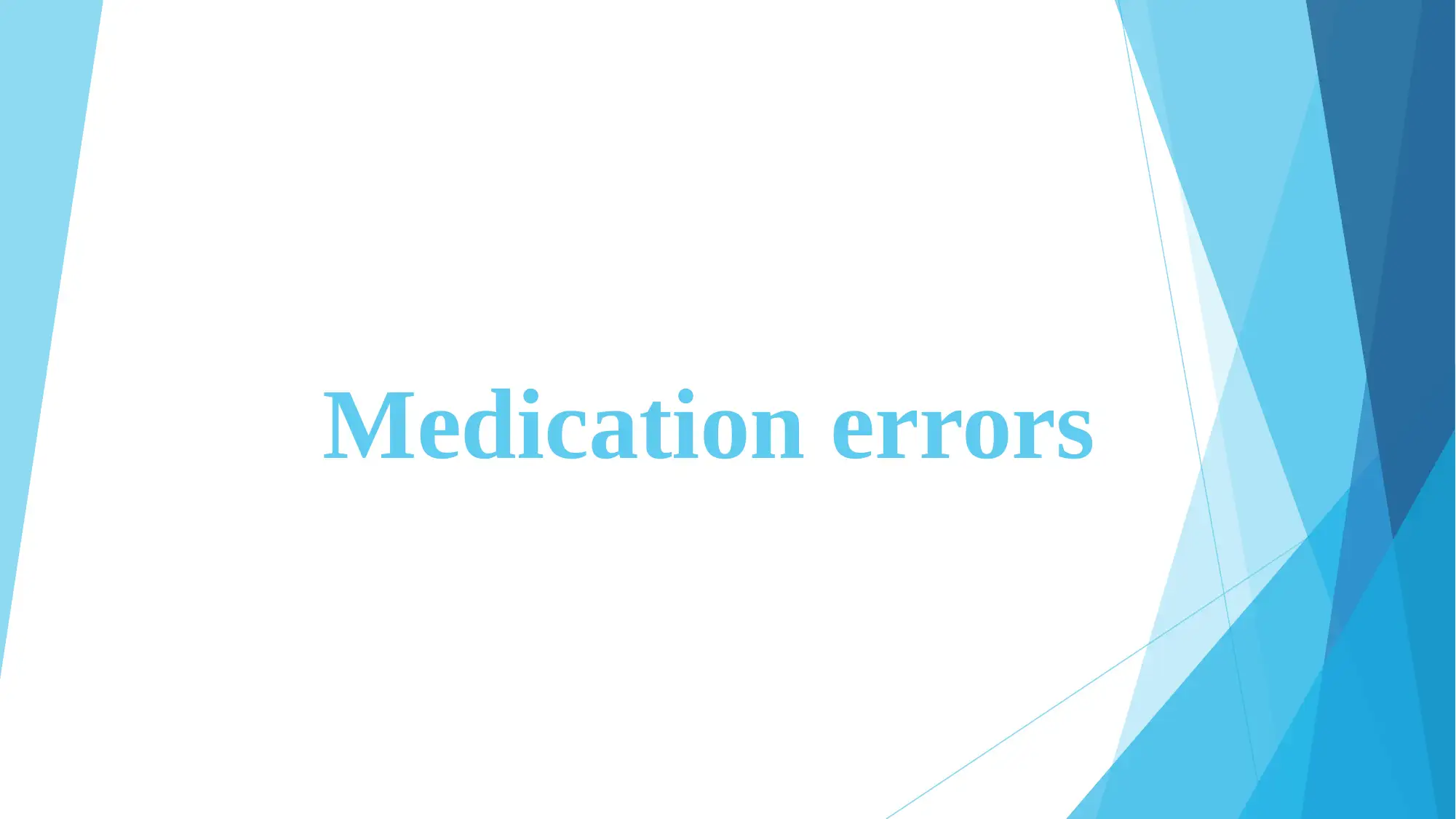

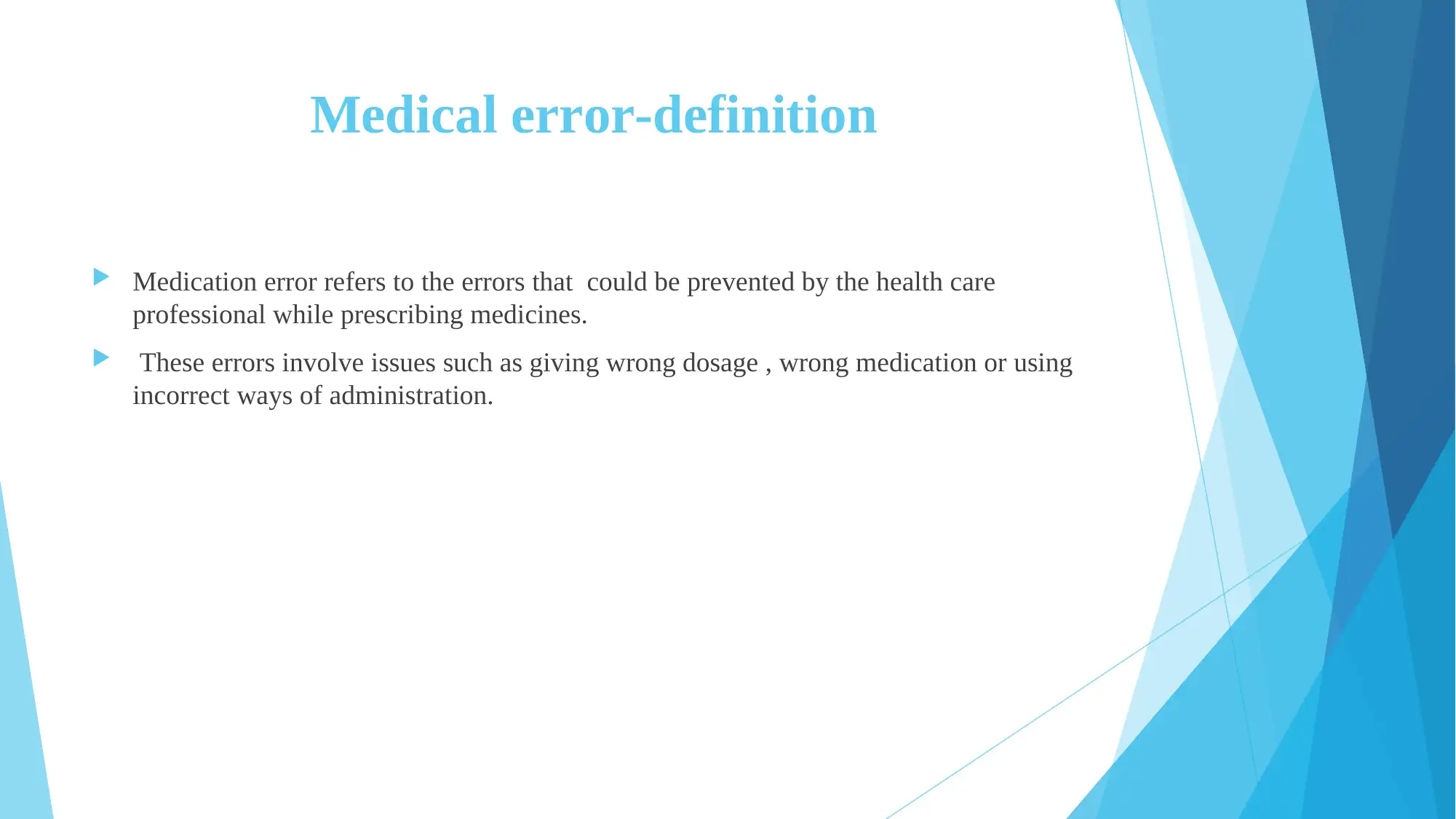

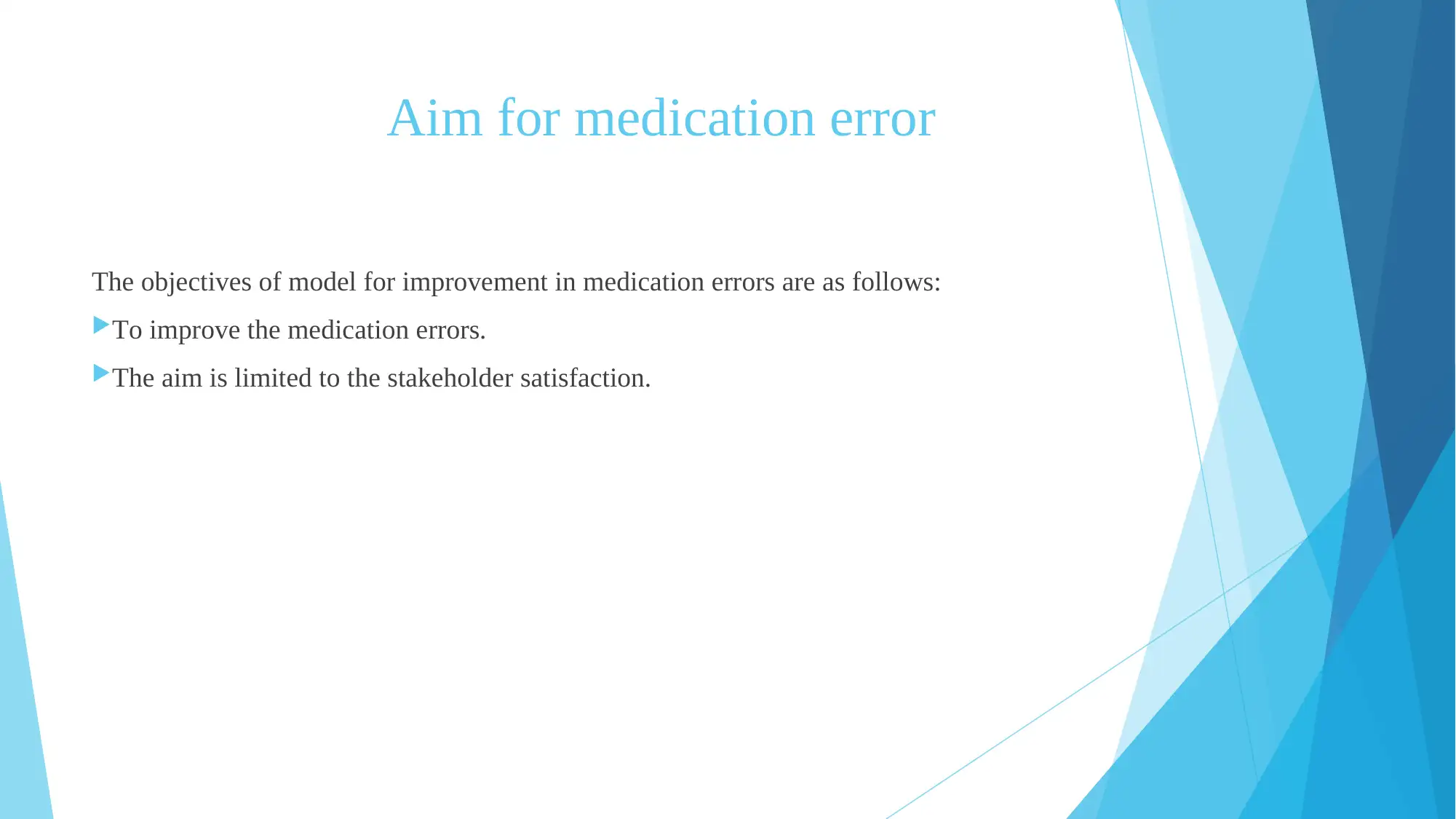
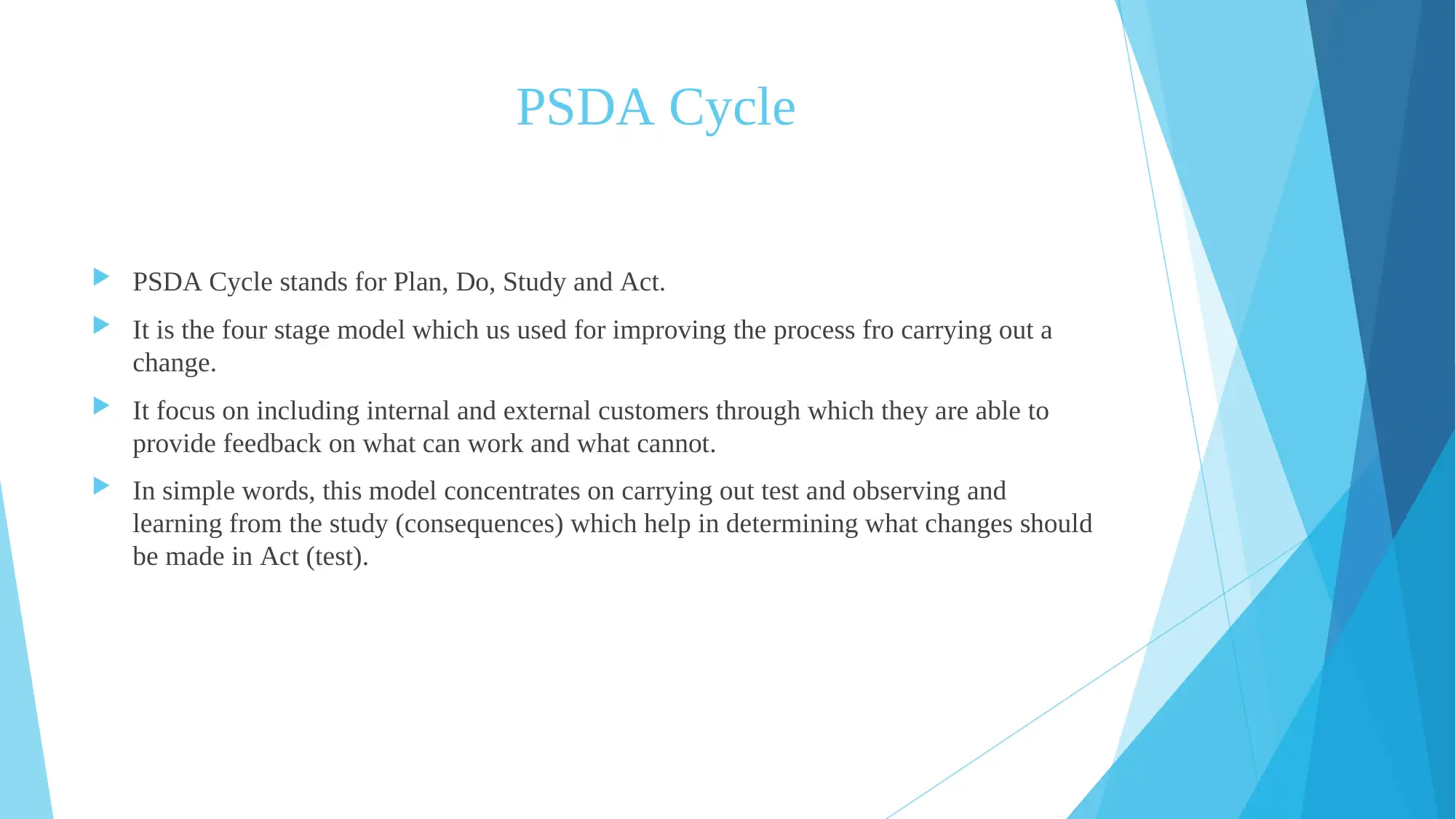
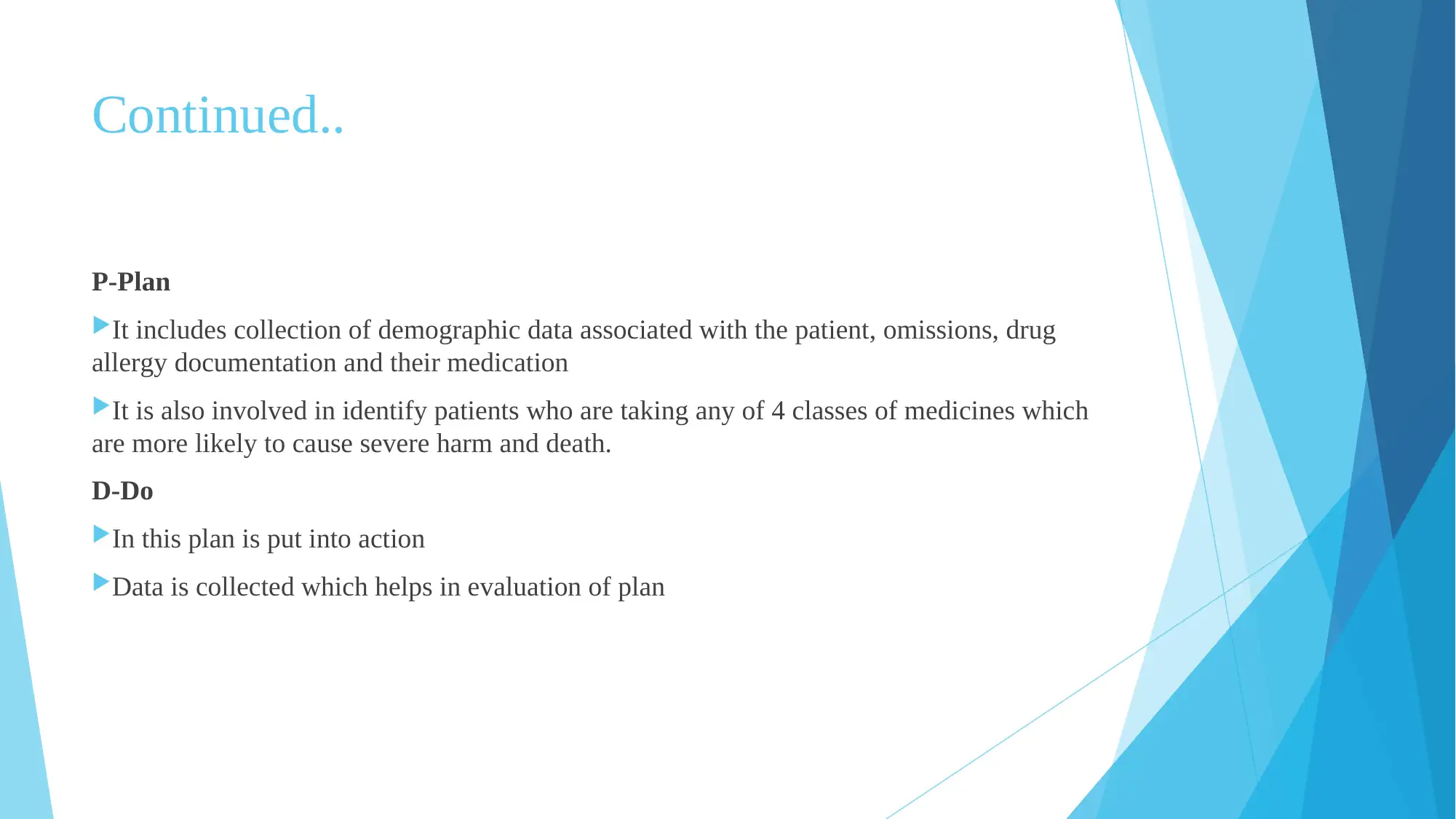
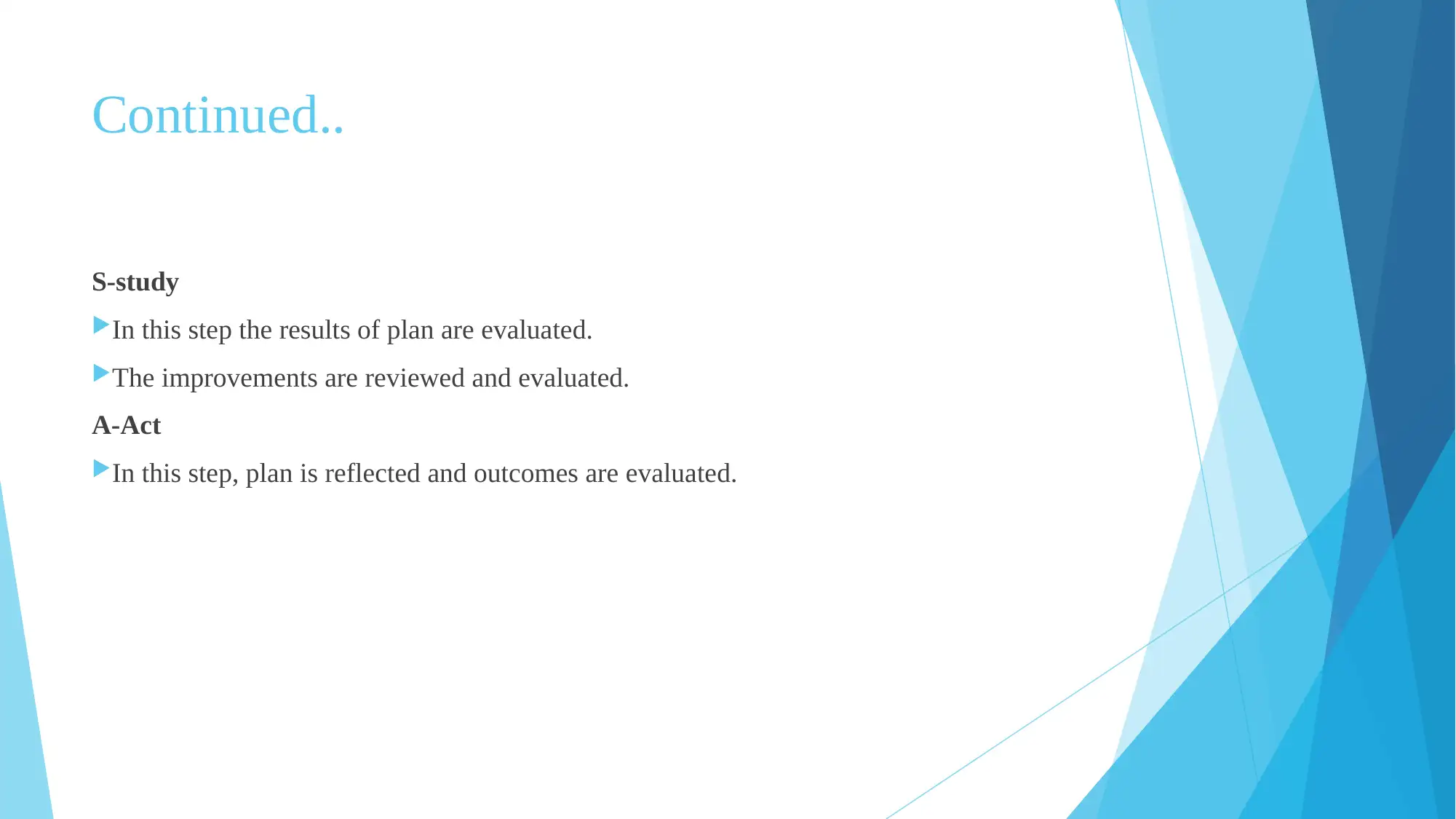
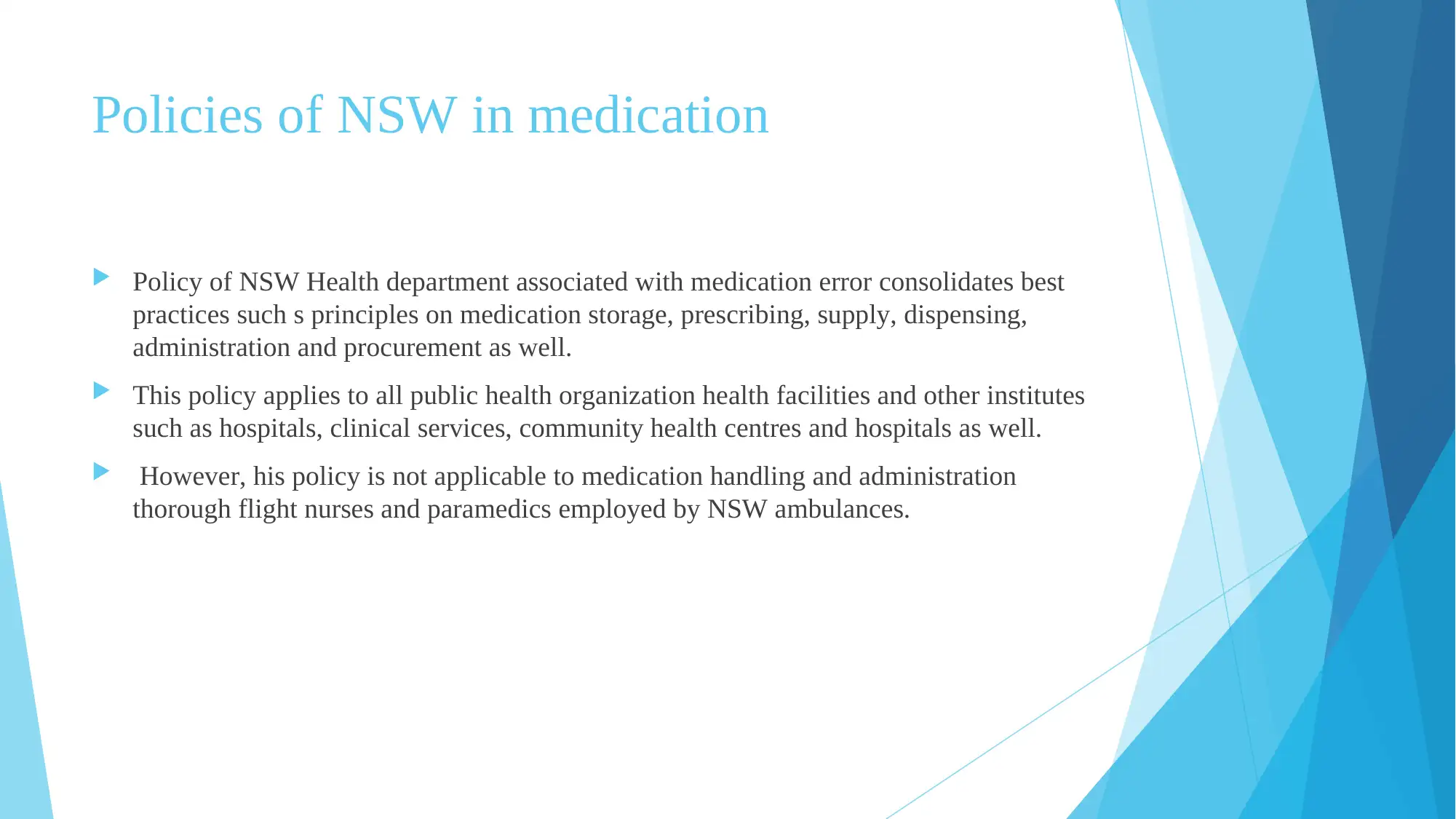
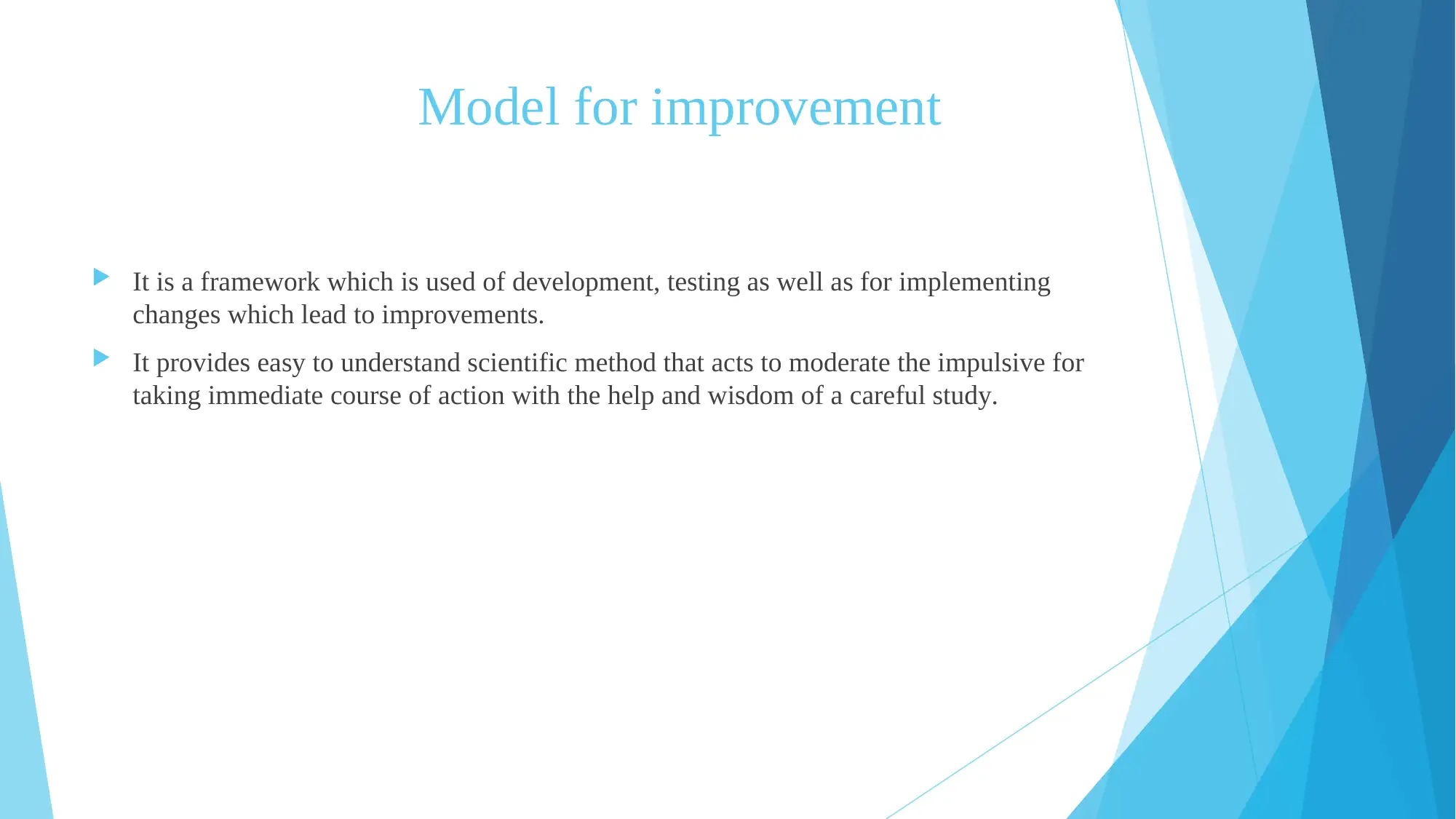
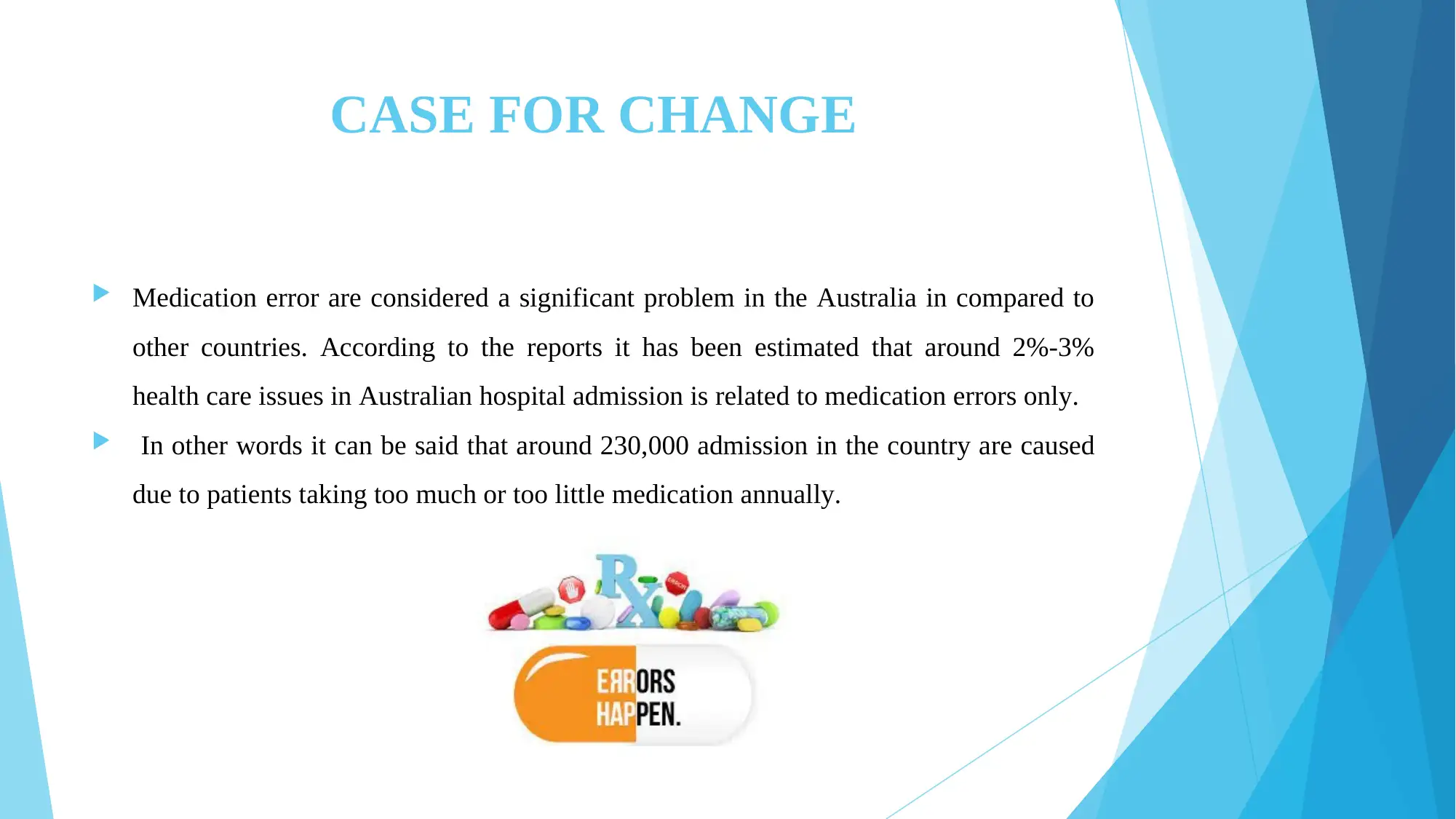
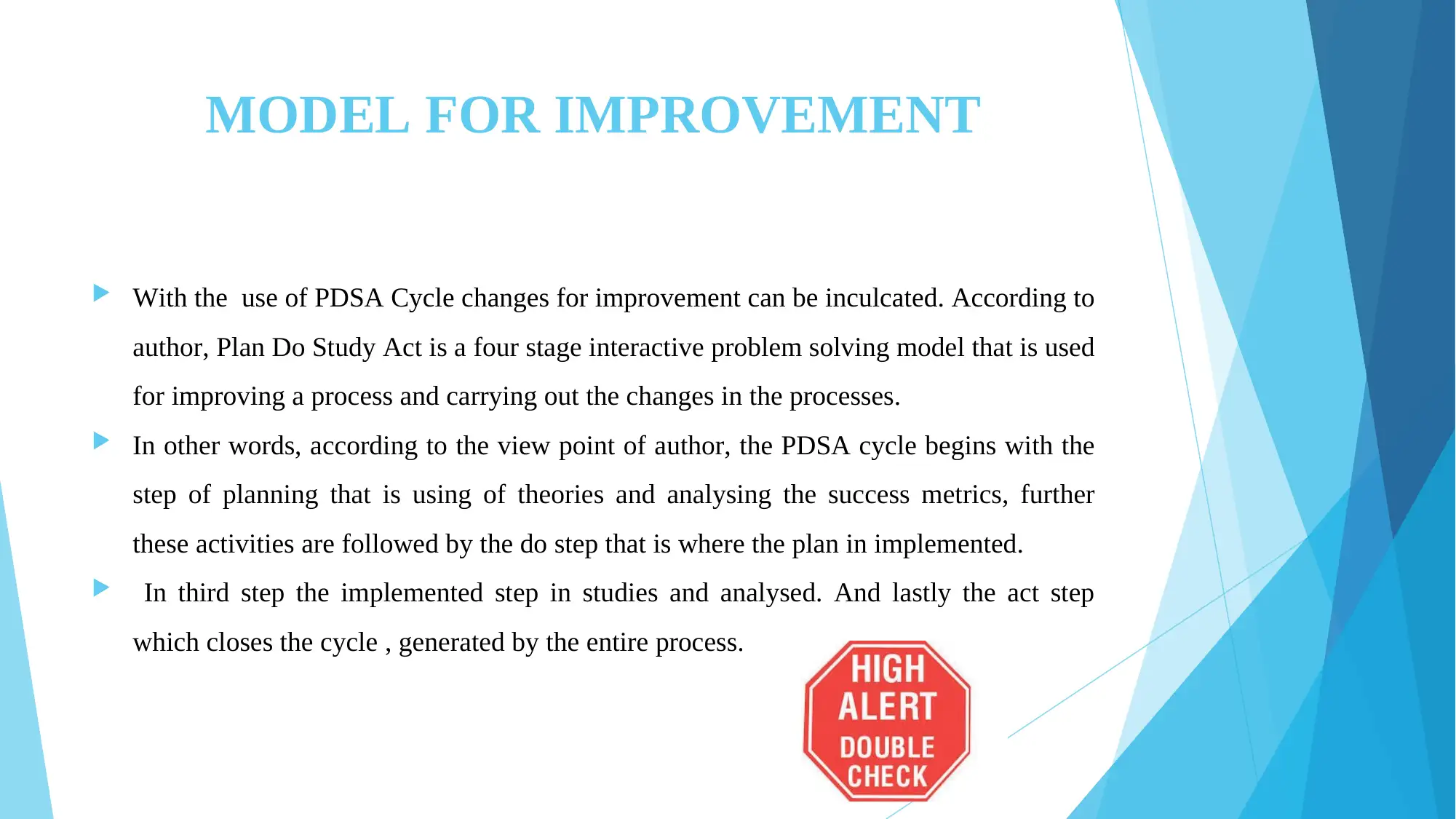
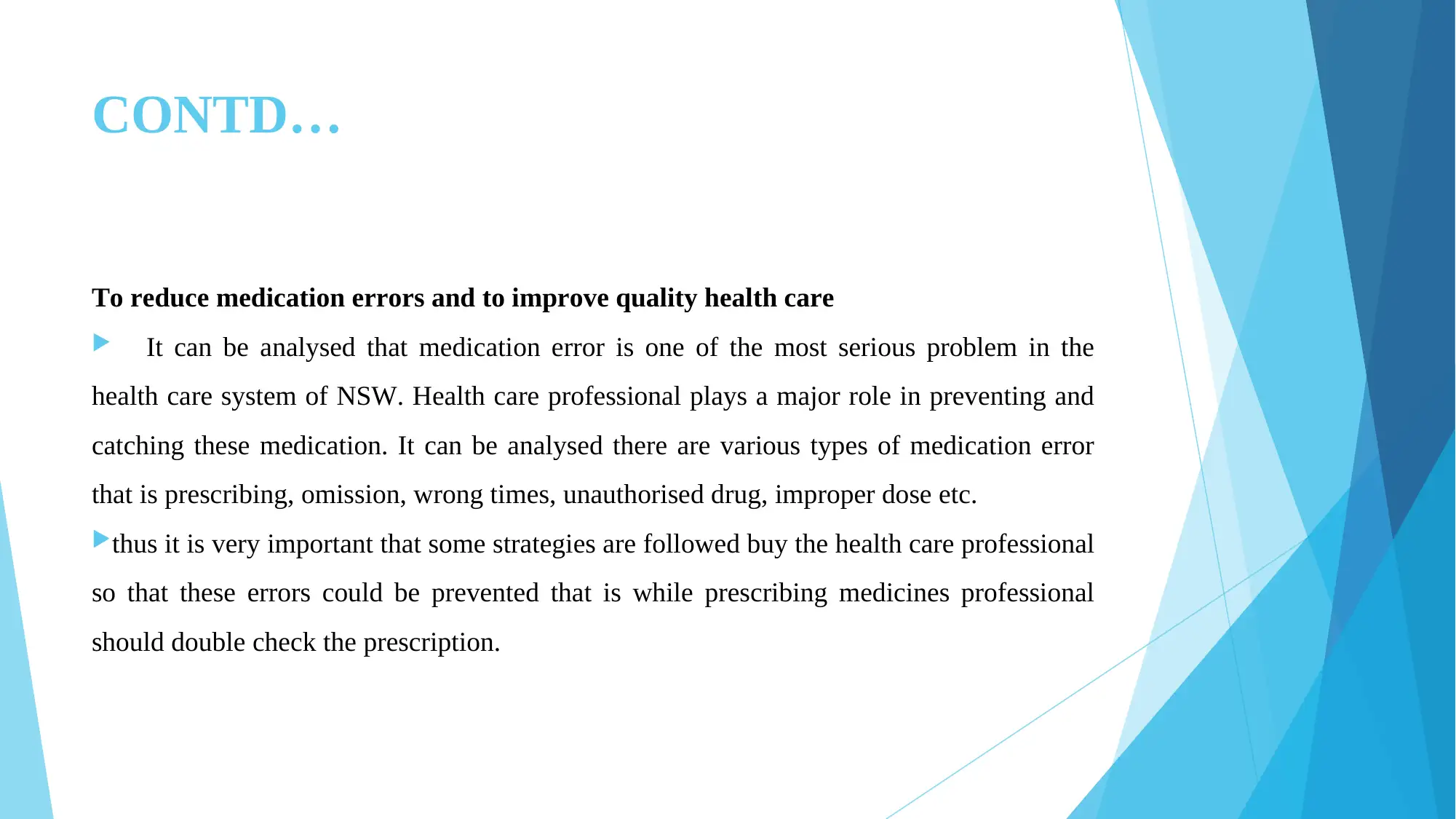






![[object Object]](/_next/static/media/star-bottom.7253800d.svg)